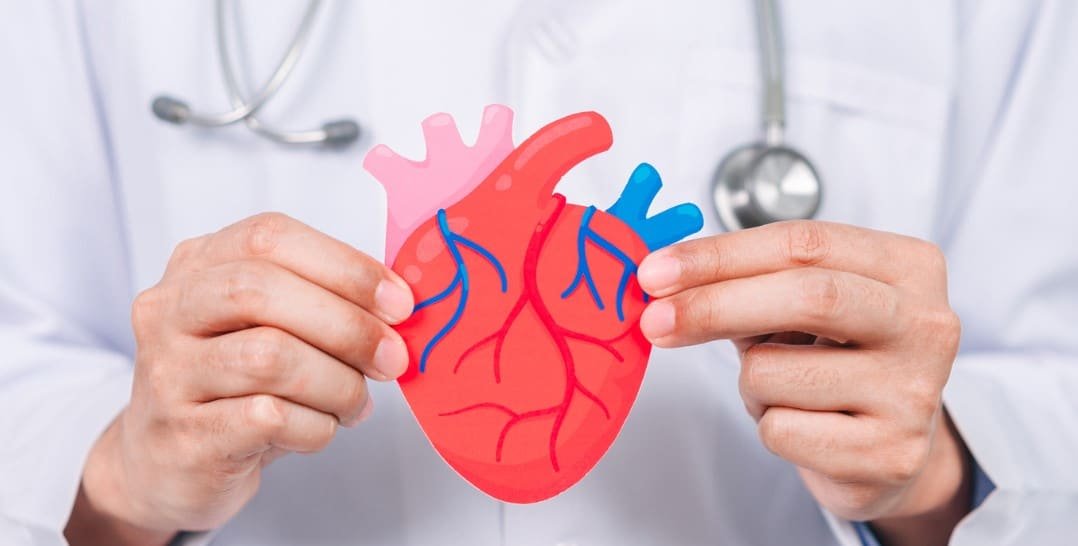What is Stroke Stroke in Bangladesh?
Stroke in Bangladesh is a major concern but what is it? A stroke, a medical condition characterized by the sudden disruption of blood flow to the brain, results in damage to brain cells. Consequently, it is a serious and often life-threatening event that demands immediate medical attention. Strokes can be broadly categorized into two main types: ischemic stroke and hemorrhagic stroke.
In the case of an Ischemic Stroke, they are the most common type, accounting for the majority of cases. These strokes occur when a blood vessel leading to the brain becomes blocked or narrowed, typically due to the formation of a blood clot. Consequently, this blockage prevents oxygen and nutrients from reaching a specific area of the brain, causing the affected brain cells to die. Furthermore, ischemic strokes can be further categorized into two subtypes: thrombotic and embolic. Thrombotic strokes occur when a blood clot forms within a blood vessel in the brain. Conversely, embolic strokes occur when a clot or debris from another part of the body travels through the bloodstream and lodges in a brain artery.
On the other hand, Hemorrhagic Strokes are less common but often more severe. They result from the rupture of a blood vessel within the brain, leading to bleeding into or around brain tissue. Consequently, this bleeding can cause increased pressure in the skull and damage brain cells directly. Hemorrhagic strokes can be caused by various factors, including high blood pressure, aneurysms (weakened blood vessel walls that balloon and rupture), and arteriovenous malformations (abnormal tangles of blood vessels).
In Perspective of Stroke in Bangladesh
The consequences of a stroke can be devastating, ranging from mild impairments to severe disabilities or even death, depending on the location and extent of the brain damage. Common symptoms of stroke include sudden weakness or numbness on one side of the body, difficulty speaking or understanding language, vision problems, severe headaches, and loss of balance or coordination.
Early diagnosis and immediate medical intervention are critical to minimize the long-term effects of a stroke. Treatments can include medications to dissolve clots (in the case of ischemic strokes), surgery to repair aneurysms or arteriovenous malformations (in the case of hemorrhagic strokes), and rehabilitation to regain lost functions and improve overall quality of life.
In the context of Bangladesh, as with many countries, strokes represent a significant public health concern. Understanding the nature of strokes and their risk factors is crucial for prevention, early intervention, and improving the outcomes of stroke patients. Raising awareness about stroke prevention, promoting a healthy lifestyle, and ensuring access to quality healthcare are essential steps in addressing this important health issue.
The Silent Epidemic
Stroke is often referred to as a “silent epidemic”. It can strike anyone at any age, without warning. In Bangladesh, this condition has become a growing concern, affecting both the young and the elderly.
The Alarming Statistics of Stroke in Bangladesh
1. Prevalence of Stroke
Recent statistics reveal that the prevalence of stroke in Bangladesh has increased significantly over the past decade. It is estimated that more than 200,000 people suffer from strokes in the country each year.
2. Risk Factors
Several factors contribute to the rising stroke cases in Bangladesh, including:
- Hypertension: High blood pressure is a leading risk factor for stroke.
- Diabetes: Uncontrolled diabetes can increase the risk of stroke.
- Smoking: Tobacco consumption is a major contributor to stroke cases.
- Lack of Awareness: Many people in Bangladesh lack awareness about stroke symptoms and prevention.
3. Healthcare Challenges
Bangladesh faces significant challenges in providing adequate healthcare services for stroke patients. Limited access to advanced medical facilities, trained healthcare professionals, and a shortage of rehabilitation services all hinder the recovery of stroke survivors.
4. Spreading Awareness
To combat the rising stroke cases in Bangladesh, it is imperative to raise awareness about the condition and its prevention. Initiatives for educating the public about the risk factors, warning signs, and the importance of timely medical intervention are essential.
5. Lifestyle Changes
Encouraging lifestyle changes, such as maintaining a healthy diet, regular exercise, and avoiding smoking, can significantly reduce the risk of stroke.
Conclusion
In conclusion, stroke is a serious health issue that has been on the rise in Bangladesh. The alarming statistics, coupled with the lack of sufficient healthcare infrastructure, demand urgent attention. By spreading awareness and advocating for lifestyle changes, we can work together to combat this silent epidemic and ensure a healthier future for the people of Bangladesh.


